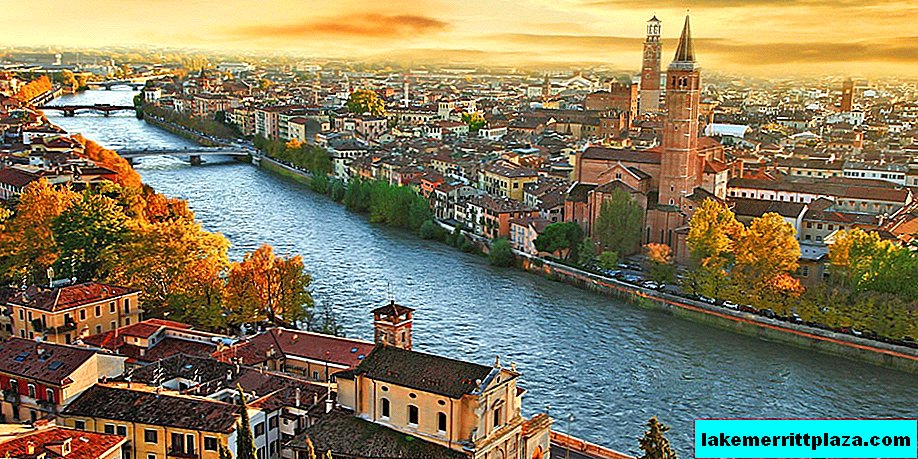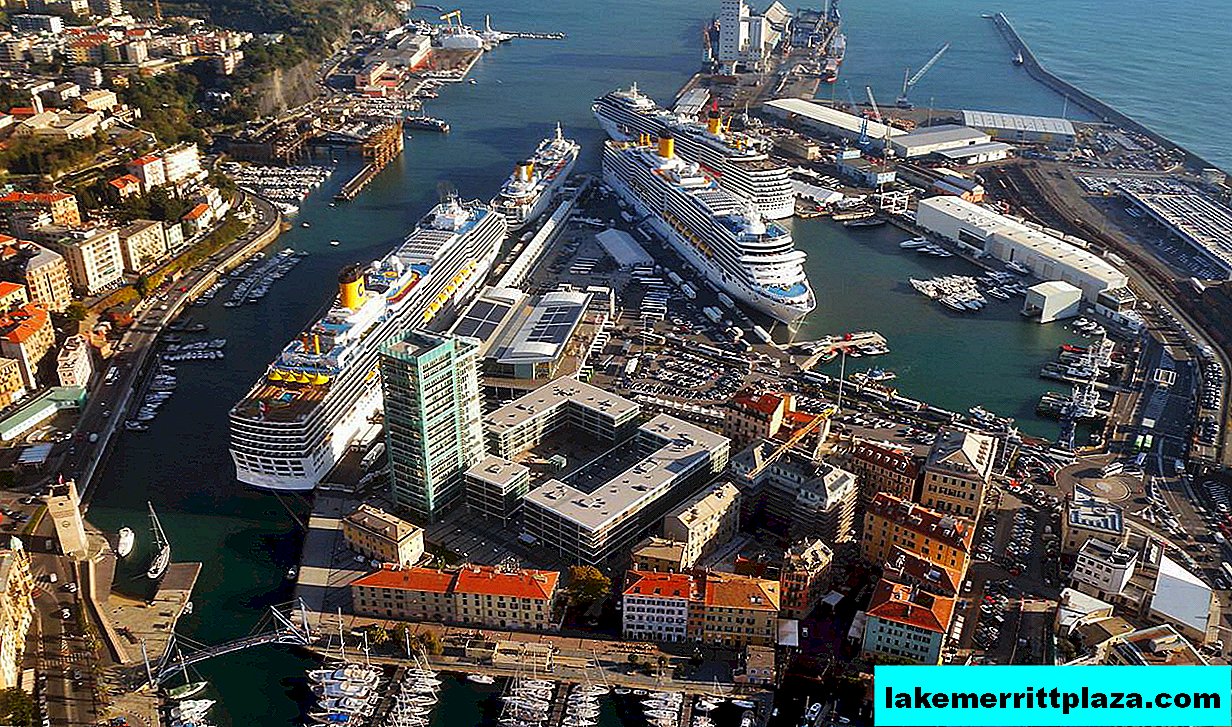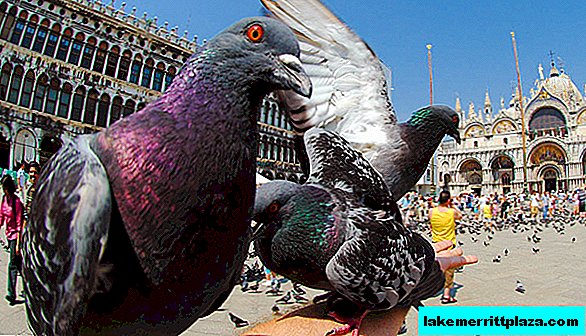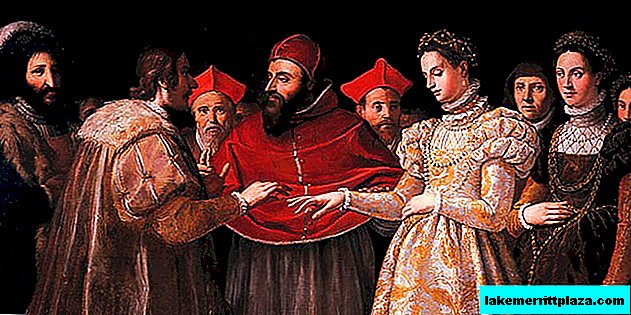Valle d'Aosta, Campania and Basilicata in the forefront. The rest of Italy is waiting for 4 numbers. According to Confesercenti forecasts, this season of discounts should be the most successful in the last 10 years.
The wait is coming to an end. Until the end of this week, winter sales will begin in all of Italy with discounts of at least 30-40%. Sellers hope that such a significant reduction in prices will help reverse the austerity trend that has developed in Italian families in recent crisis years.
Sales should be the first step in the textile industry towards recovery after the hardest year of 2013, during which, according to the Federation of Fashion (Federazione moda dell'associazione), 11,900 stores closed, which is 1,000 per month. Starting yesterday in Campania and Basilicata, and from Saturday in other regions of Italy, residents and guests of the country will begin to carefully examine the windows and compare old and new labels in search of the best deals. As well as Christmas gifts, the purchase of which was delayed due to excessive cost. The average cost per person is expected to be 150 euros (155 according to preliminary estimates by Confesercenti, and 148 according to Confcommercio, which predicts a total sales of 5.4 billion euros). Confesercenti and Confcommercio are the main Italian confederations for small and medium-sized businesses.

“From the information provided by members of our association,” comments Roberto Manzoni, President of FISMO (Federazione Italiana Settore Moda), Confesercenti Fashion and Apparel Commerce Association, “we can expect the next sales season to be the most successful in last ten years. Entrepreneurs will give substantial discounts to compensate for the losses of a difficult year: in addition to the economic crisis, the sector also suffered from the vagaries of the weather, which brought a cold spring and later, but a protracted summer. s warehouses, and therefore the choice for those wishing to purchase goods at a discount. In addition, and Christmas sales were not as active as expected, the downturn was felt throughout the country. "
And according to Confcommercio, out of 25.8 million Italian families, 16 million plan to go through sales due to the atmosphere of instability in the country and the economic downturn. “However, I believe,” says Renato Borghi, president of Federazione Moda Italia, “that winter sales will help change the current picture of spending by Italian families for the better. And after a long period of austerity, I I hope that in spite of numerous experiences, decline of spirit and moral fatigue, Italians will not renounce the traditional and unusual ritual of winter sales. "
As mentioned earlier, the 2014 winter discount season in Italy begins on January 4 (with the exception of the Campania and the Basilicata, which have already opened the season on January 2, and Sardinia, where, due to flooding, sales will begin on January 6 and will last only 2 months). The time of its completion varies in different regions of the country. The following is a sales completion calendar for various Italian regions:
- Abruzzo - March 4
- Basilicata - March 2
- Calabria - February 28
- Campaign - 3 months after January 2
- Emilia-Romagna - 2 months after January 4
- Friuli Venezia Giulia - March 31
- Lazio - February 15
- Liguria - February 18
- Lombardy - in 2 months
- Marche - March 1
- Molise - 2 months
- Piedmont - 2 months
- Puglia - February 28
- Sicily - March 15
- Tuscany - March 5
- Umbria - 2 months
- Valle d'Aosta - February 28
- Veneto - March 5
- no official graduation appointed in Trentino Alto Adige
Like every year, you should not forget some useful rules to avoid being cheated by sellers. Firstly, the label must indicate the original price of the goods, the price with the discount and the percentage of the discount. Secondly, it is not true that products purchased at a discount cannot be exchanged if a defect is found in it - the seller must do this if the problem is detected within 60 days. And so it’s worth keeping the check. And thirdly, if possible, it is better not to buy a thing you like in the first store, but to compare prices in several.








